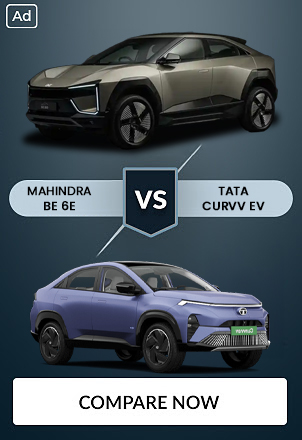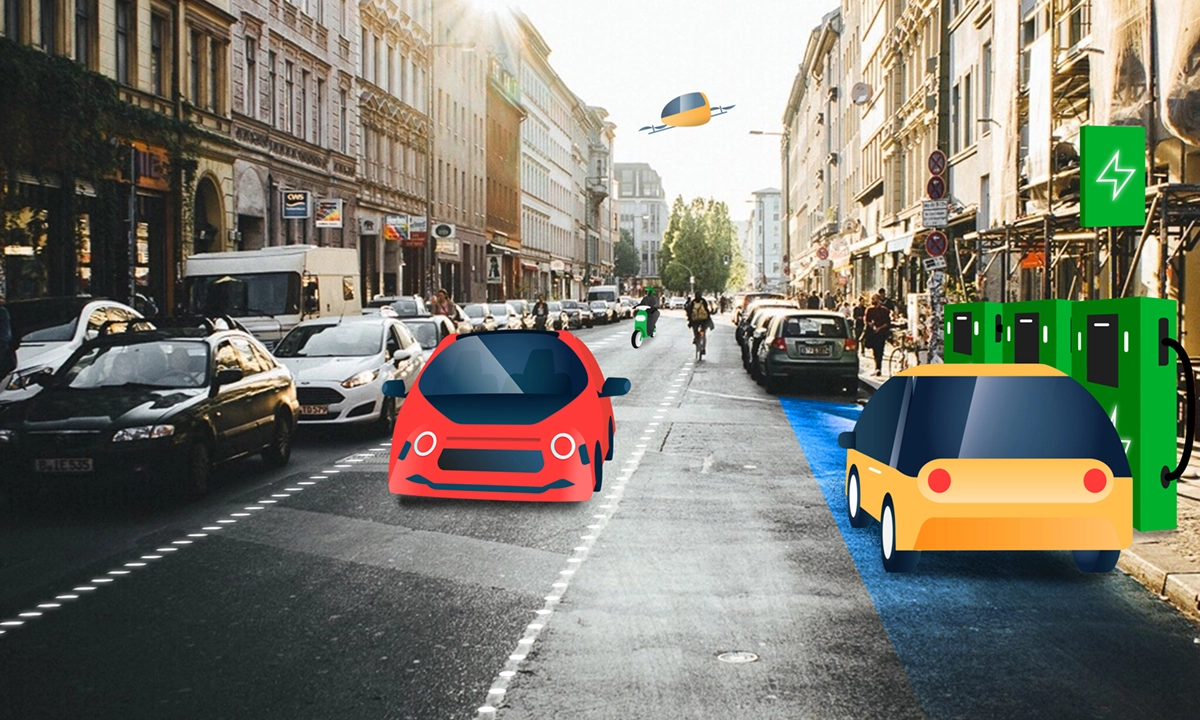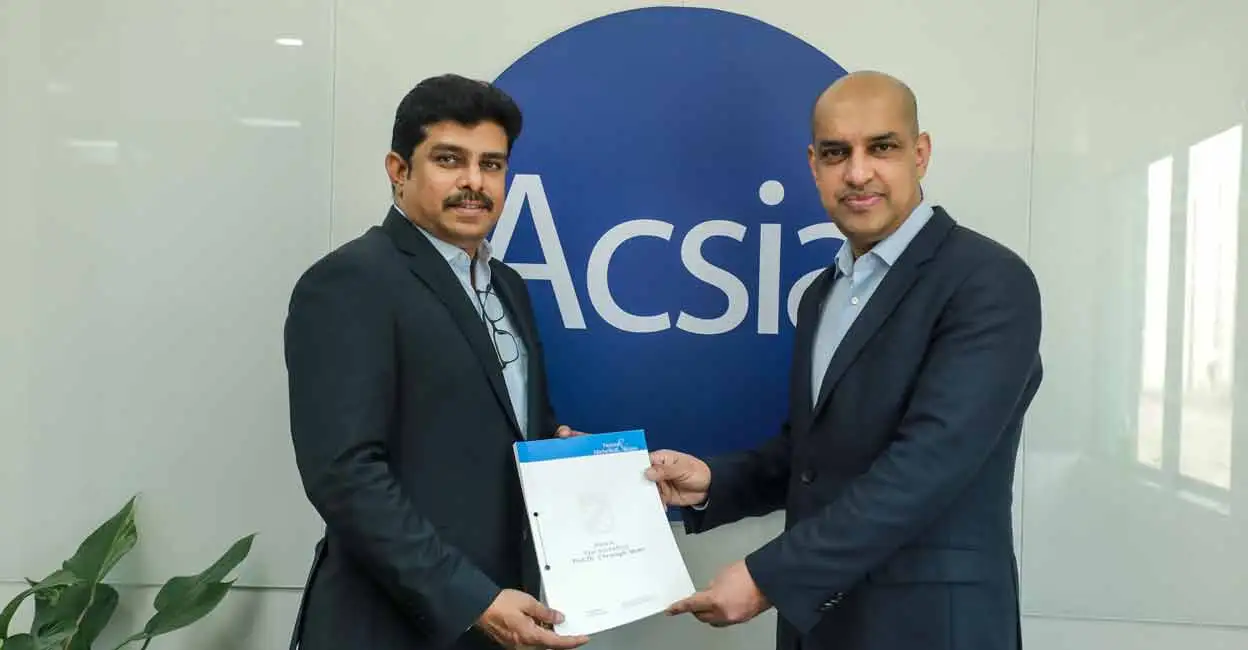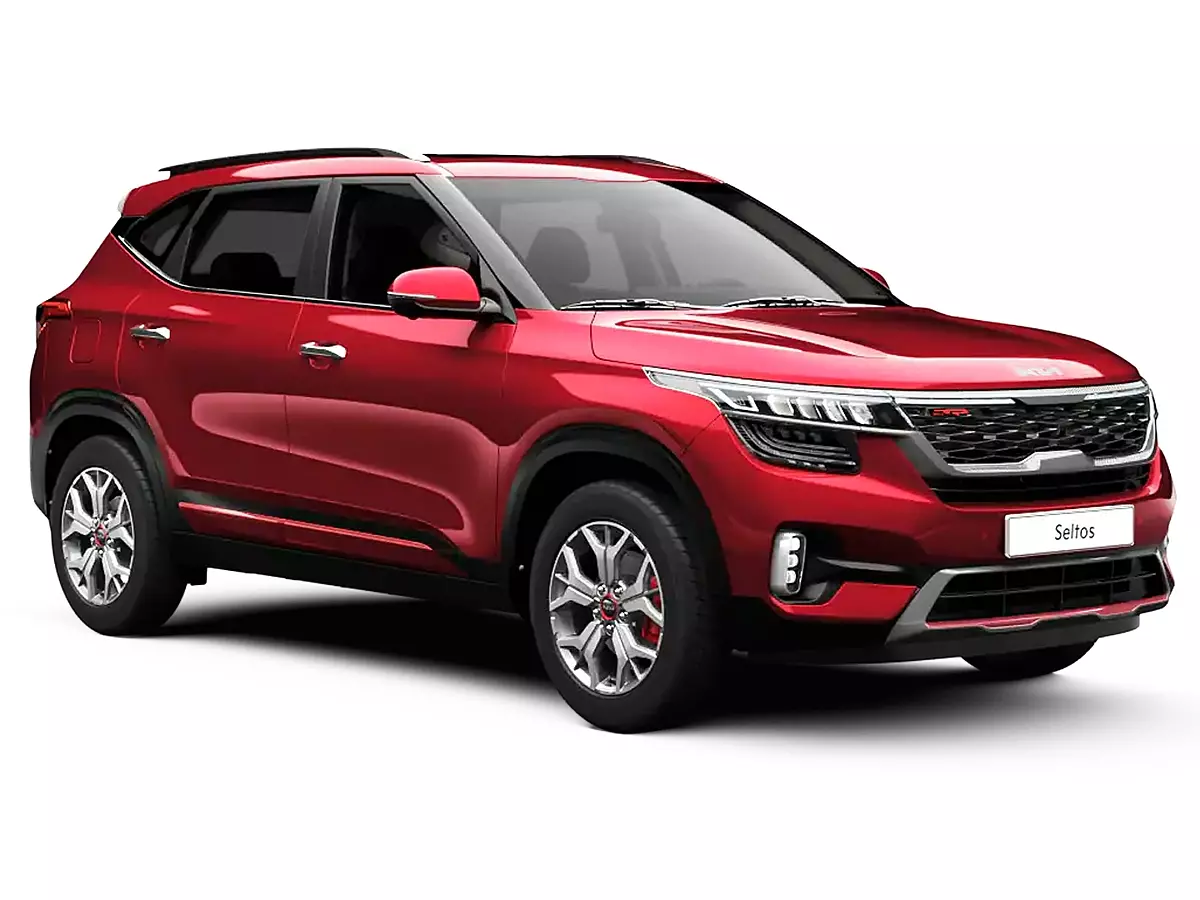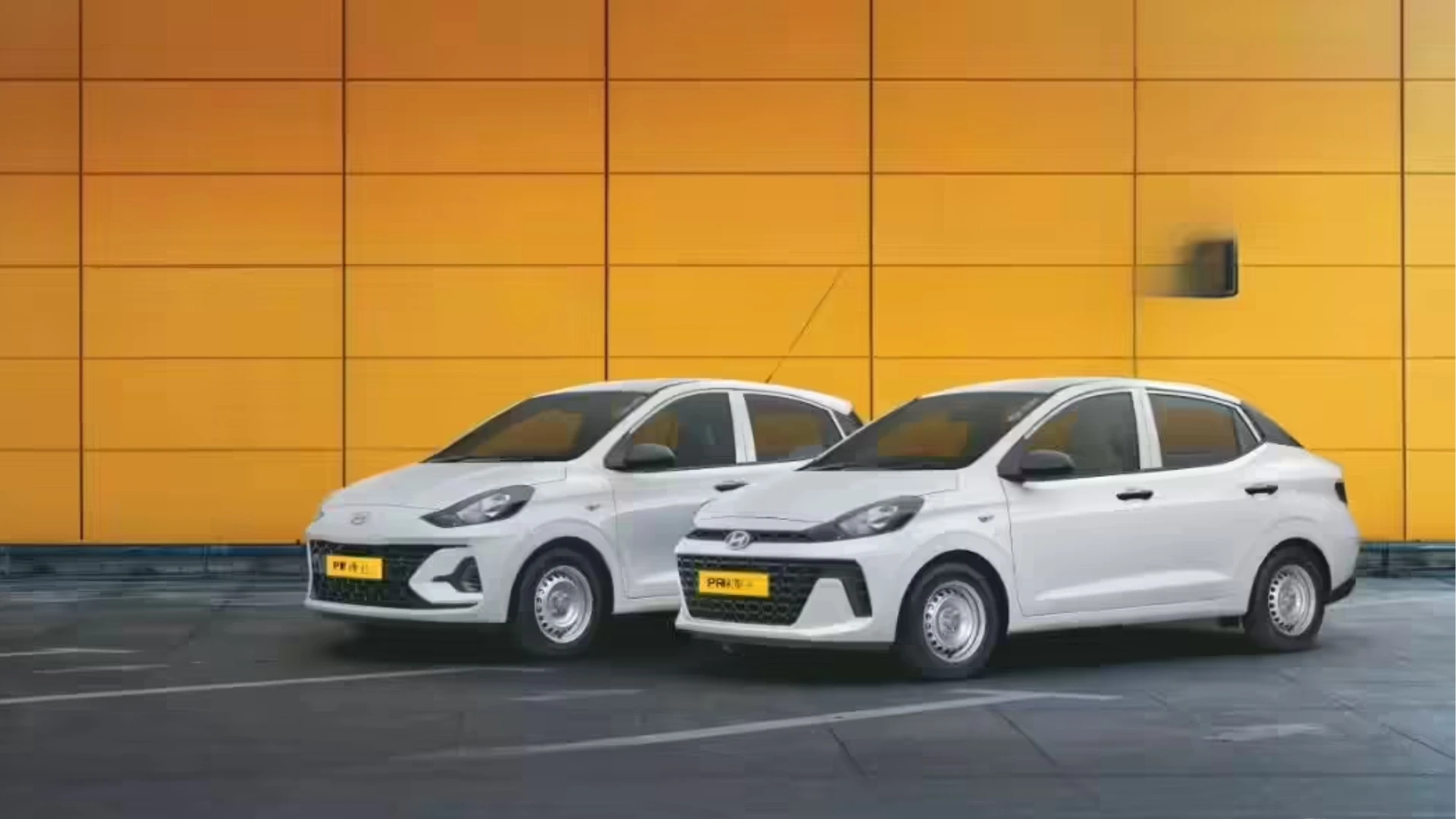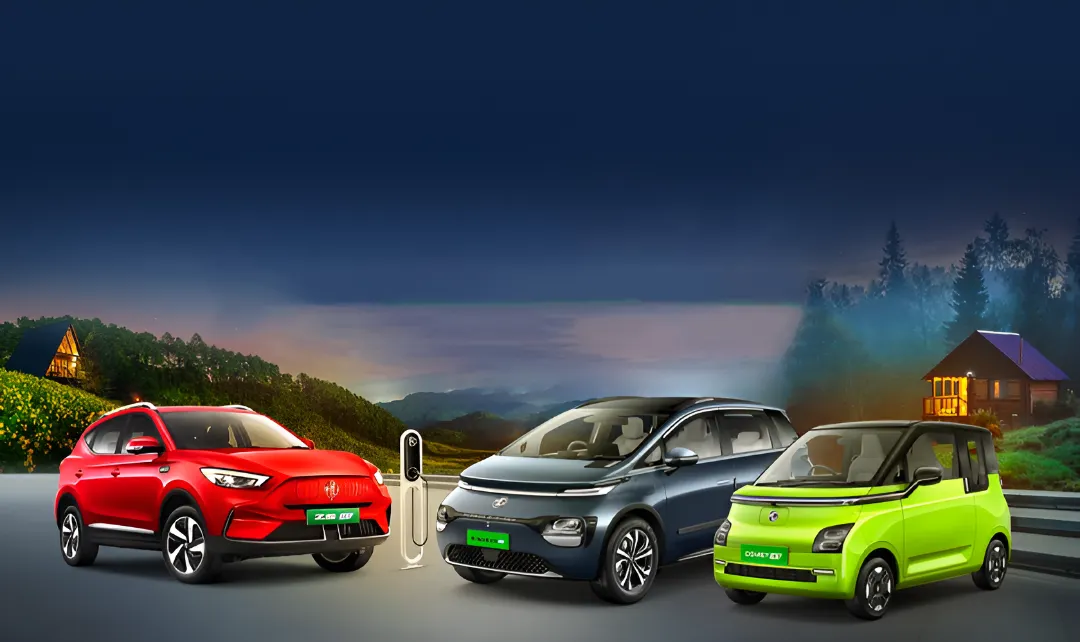The Indian automotive sector needs to be aware of today's customers and their growing awareness of the impact they make when purchasing a vehicle. A few decades ago, different parameters defined a family vehicle. Model, make, utility, after-sales service, and resale value are all important when buying a car for a family.
Now, this is changing rapidly as the decision makers in the family are increasingly generation Y and Z. Family size and structures are being redefined as people move out of towns and cities. from level 3-4 to level 1-2 to work, study, and business. The size of a household is shrinking and their mobility requirements determine the specifications of a passenger car when buying one. These are growth of vehicular traffic, traffic congestion, road safety, technology, fuel availability, and vehicle emissions. At the same time, the space required inside the car, the ease of parking and the availability of connected features remain important as they do not want to compromise on the always-on-go lifestyle.
While, as mentioned above, the original classification of buying a car in the family has not changed, some new requirements have been added. The list of these skills grows with the changing nature of urban mobility.
The Indian auto industry understands this very well and spends more time painting the dashboards, the roads, the R&D and the boardrooms to meet the new demands, each in a logical, logical and logical way.
In one of his reports, McKinsey points out that the solution lies in adopting multiple mobility options, which can help urban mobility achieve a better, faster, cleaner, cheaper and more convenient transport system. The transportation system that India is heading for is a continuous journey. It is a landscape that will contain connected vehicle technologies, using technical advances such as Internet of Things (IoT) integration and artificial intelligence (AI).

EVs for urban mobility
Urban mobility is becoming increasingly complex both globally and in India. Several factors affect the activity of people and the method of transportation they use. Deloitte's Global Automotive Consumer Study 2023 reflects a shift in mobility trends, with 59% of car buyers in India concerned about vehicle emissions, pollution levels and climate change.
According to a study by NITI Aayog and BCG, the economic cost of traffic congestion in Delhi, Mumbai, Kolkata and Bengaluru is estimated to be around US$22 billion annually. India is expected to achieve nearly 14-fold growth in passenger-kilometres by 2030, reveals a study by NITI Aayog, RMI and ORF.
Both reports indicate that the demand for exclusive personal vehicles will increase as public transport infrastructure develops. Car manufacturers are developing vehicles that meet the ever-increasing specifications that consumers seek in this dynamic urban mobility. The good news is that India is actively investing in and promoting the EV market, which is expected to reach more than 9 million units annually by 2027, according to the EY study.
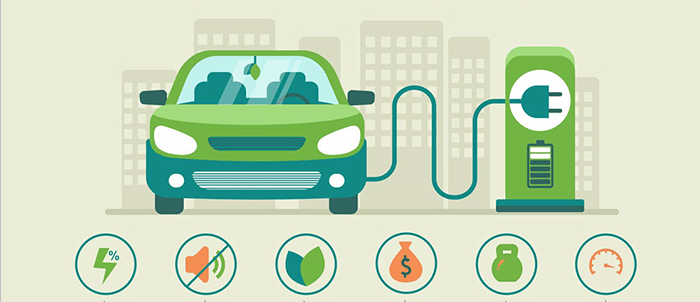
Need for smart EV
Recent studies have found that consumers in India are attracted to electric vehicles because they expect lower fuel costs, are concerned about climate change and want to reduce emissions while looking for innovative powertrain design and technology in their new car. It also found that the switch to electric vehicles was based on a strong consumer perception that it would significantly reduce vehicle operating costs.
The automotive industry in India is responding positively to such projections and recent years have seen increasing use of electric vehicles in urban areas of India. It is redefining the way people travel.
Furthermore, if the share of electric vehicles increases to 30% by 2030, India can save up to USD 14 billion on oil import bills, according to a report by the Council for Energy, Environment and Water (CEEW).
To showcase the future of mobility in India with a greater focus on sustainability, automakers are developing New Energy Vehicles (NEVs) with third-generation hydrogen fuel cell technology. They are also creating an ecosystem for charging infrastructure, which is a point that has been discussed among Indian consumers buying electric vehicles.
The Union government has pushed hard for the adoption of electric vehicles in the country. The Union budget for 2023 is very promising in terms of green energy, with a push for green mobility solutions. Previous policies, such as the Production Linked Incentive (PLI) and increased production of lithium-ion batteries and electric vehicle chargers based on solar and biofuels, will help implement customized mobility solutions, such as EV passenger car, for demanding customers.
MG Motor is fully intent on making EVs very popular in India as a committed partner to meet 'family' requirements with powertrain options that can be combined with a super-smart EV with innovative and futuristic design. and be a solution for urban mobility. Urban mobility can be as seamless and stress-free as possible as long as there is a strong will among all stakeholders involved to make it happen. Citizens can do their part by reducing non-essential travel, choosing greener transportation options, using designated parking spaces, and being more careful when driving. The government and urban departments of the respective cities, as well as the industry, must seek and help promote a constructive dialogue to achieve the necessary change. It is an undeniable fact that we are in this together - for better or worse, the choice is ultimately ours.
Also Read: Car manufacturers sitting on 800,000 pending orders

